Full text
PDF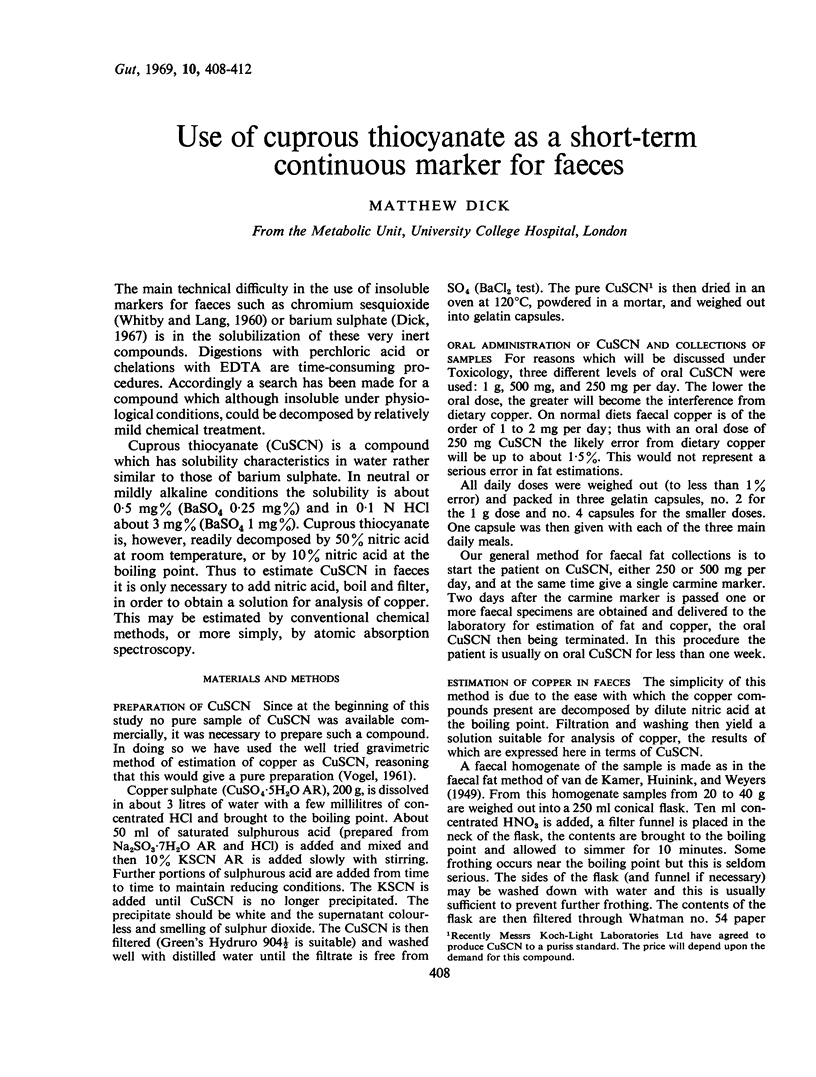
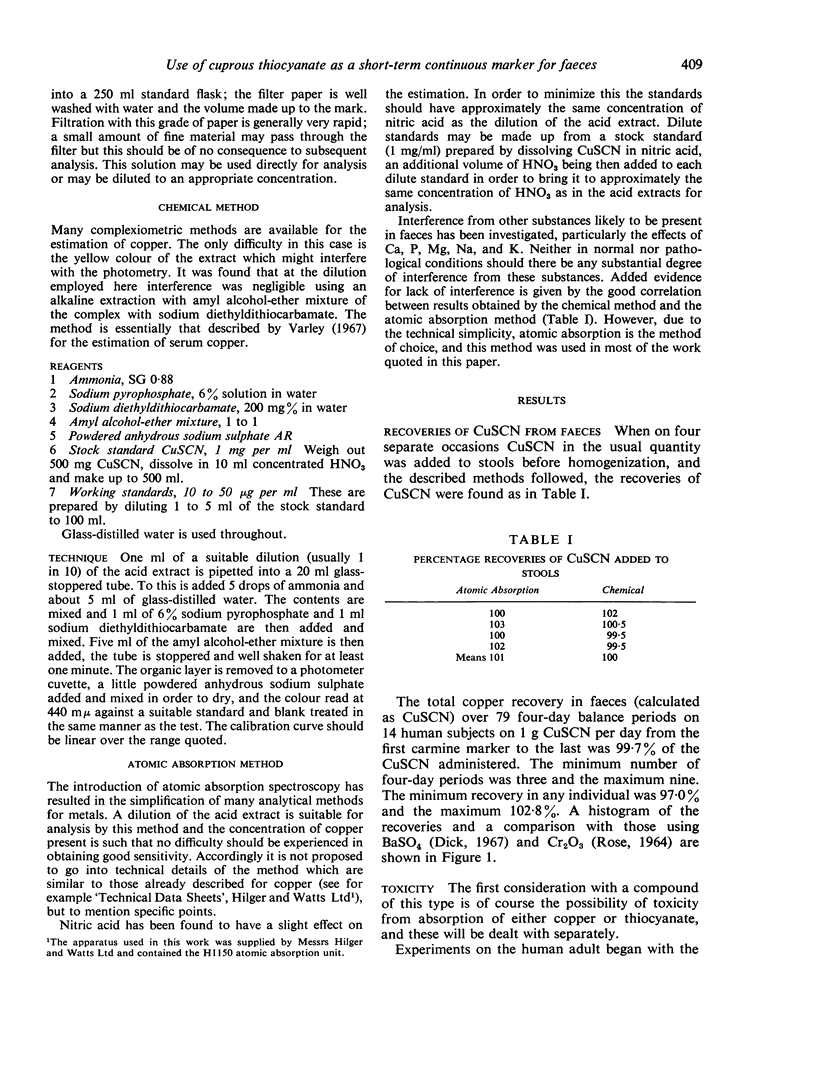
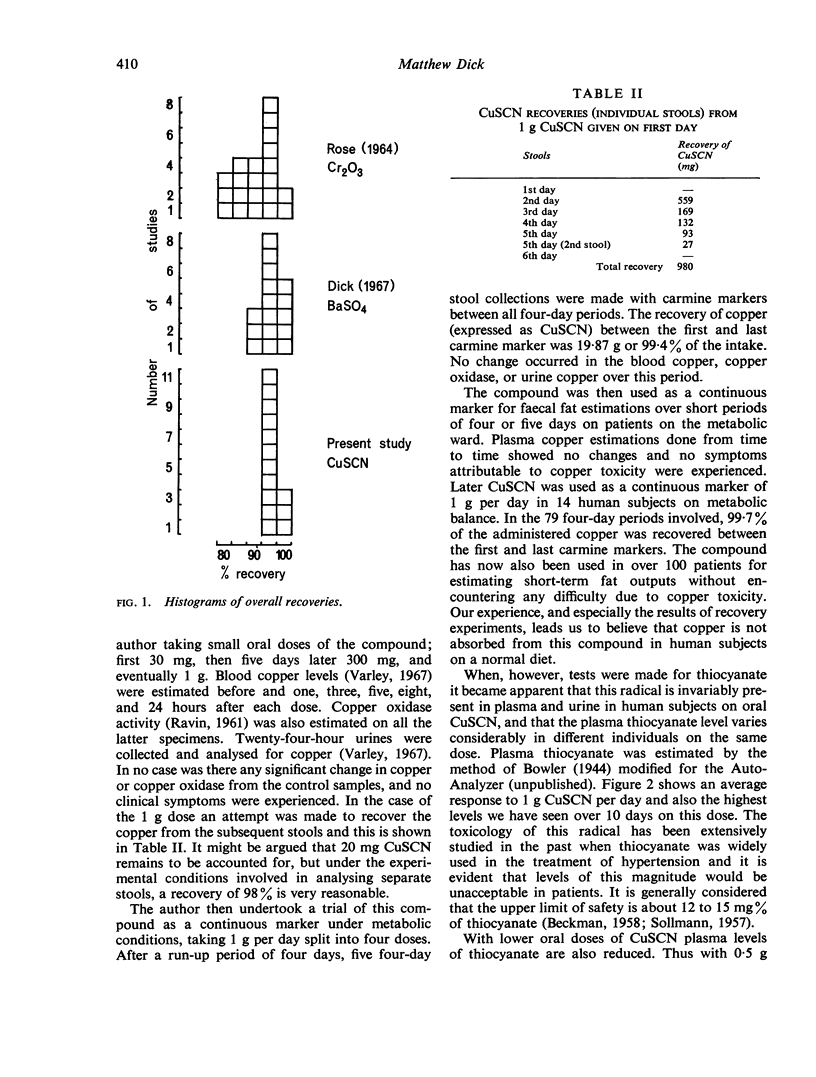
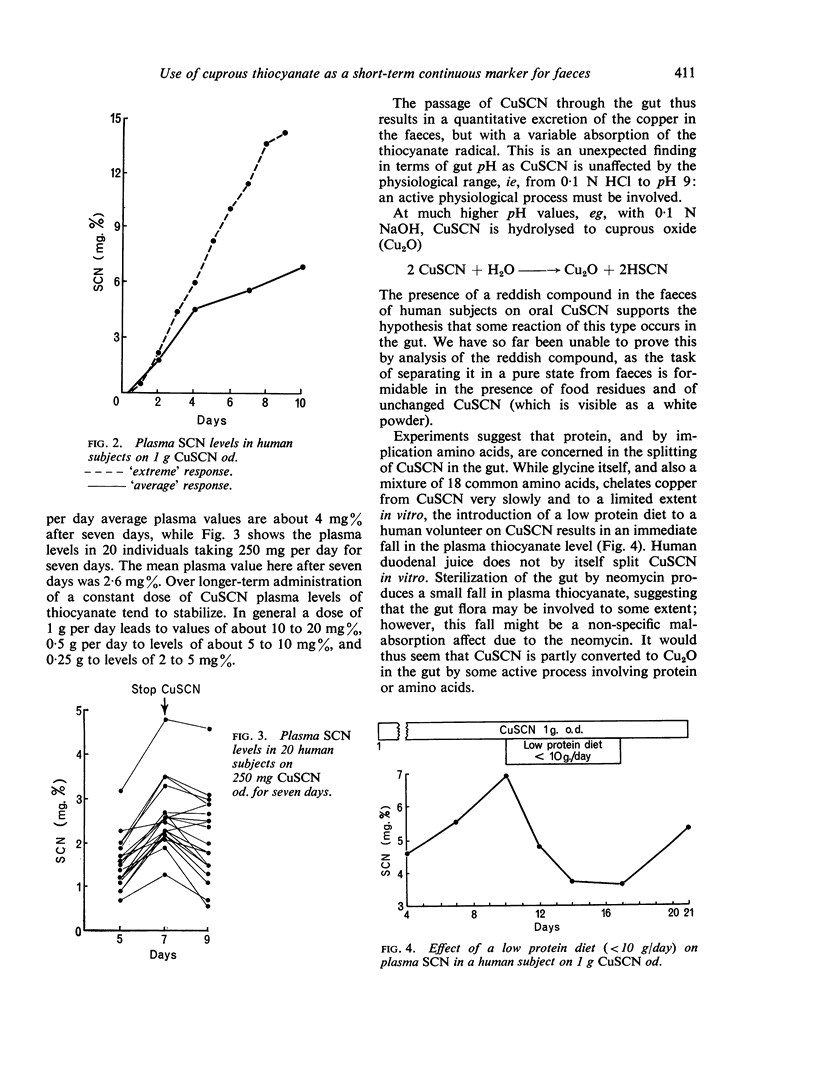
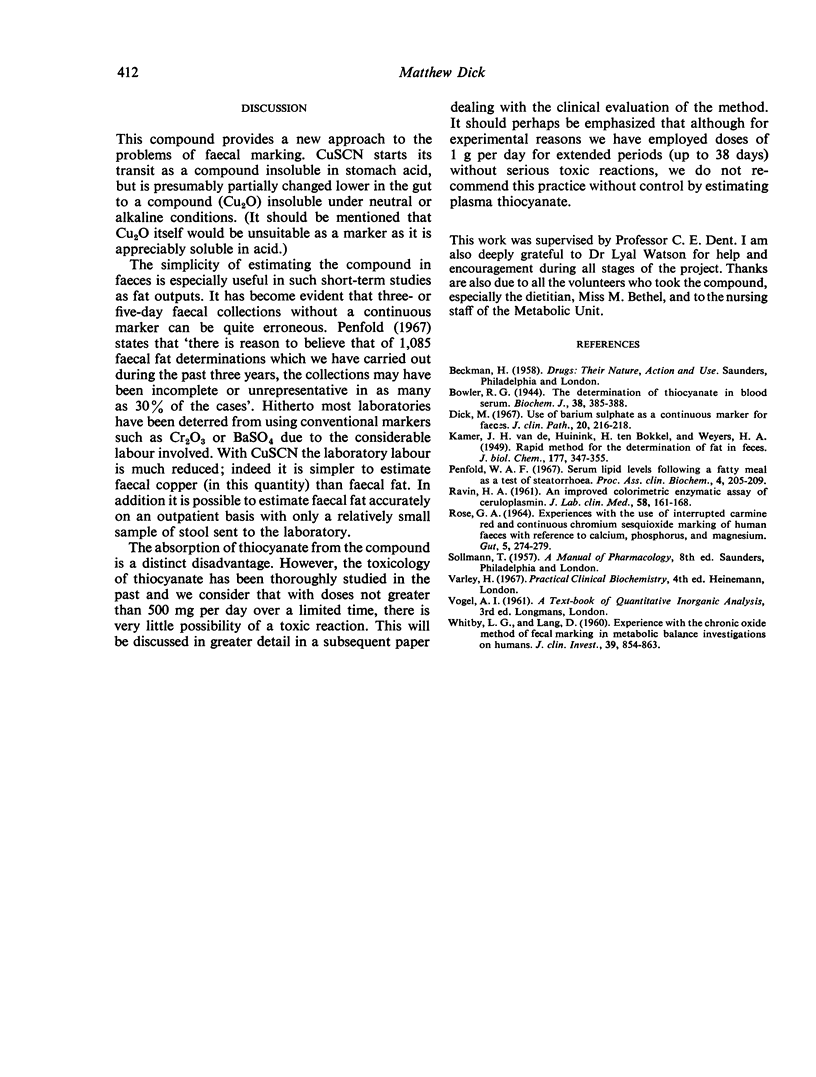
Selected References
These references are in PubMed. This may not be the complete list of references from this article.
- Bowler R. G. The determination of thiocyanate in blood serum. Biochem J. 1944;38(5):385–388. doi: 10.1042/bj0380385. [DOI] [PMC free article] [PubMed] [Google Scholar]
- Dick M. Use of barium sulphate as a continuous marker for faeces. J Clin Pathol. 1967 Mar;20(2):216–218. doi: 10.1136/jcp.20.2.216. [DOI] [PMC free article] [PubMed] [Google Scholar]
- RAVIN H. A. An improved colorimetric enzymatic assay of ceruloplasmin. J Lab Clin Med. 1961 Jul;58:161–168. [PubMed] [Google Scholar]
- ROSE G. A. EXPERIENCES WITH THE USE OF INTERRUPTED CARMINE RED AND CONTINUOUS CHROMIUM SESQUIOXIDE MARKING OF HUMAN FAECES WITH REFERENCE TO CALCIUM, PHOSPHORUS, AND MAGNESIUM. Gut. 1964 Jun;5:274–279. doi: 10.1136/gut.5.3.274. [DOI] [PMC free article] [PubMed] [Google Scholar]
- WHITBY L. G., LANG D. Experience with the chromic oxide method of fecal marking in metabolic balance investigations on humans. J Clin Invest. 1960 Jun;39:854–863. doi: 10.1172/JCI104106. [DOI] [PMC free article] [PubMed] [Google Scholar]


